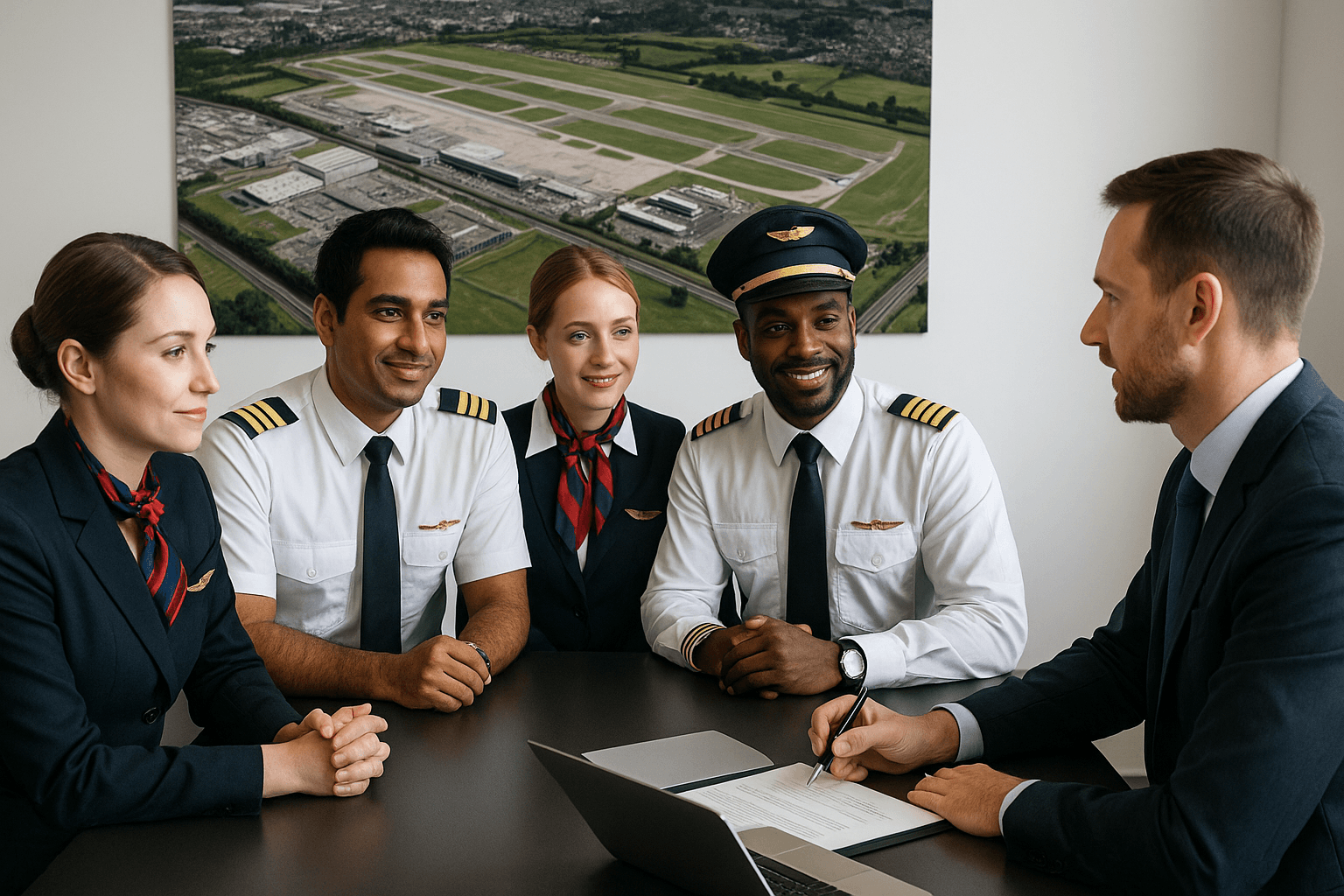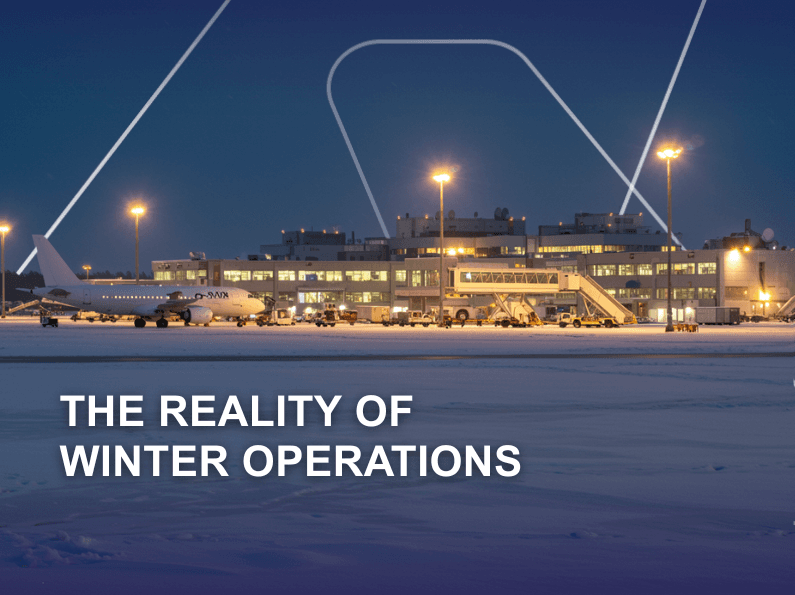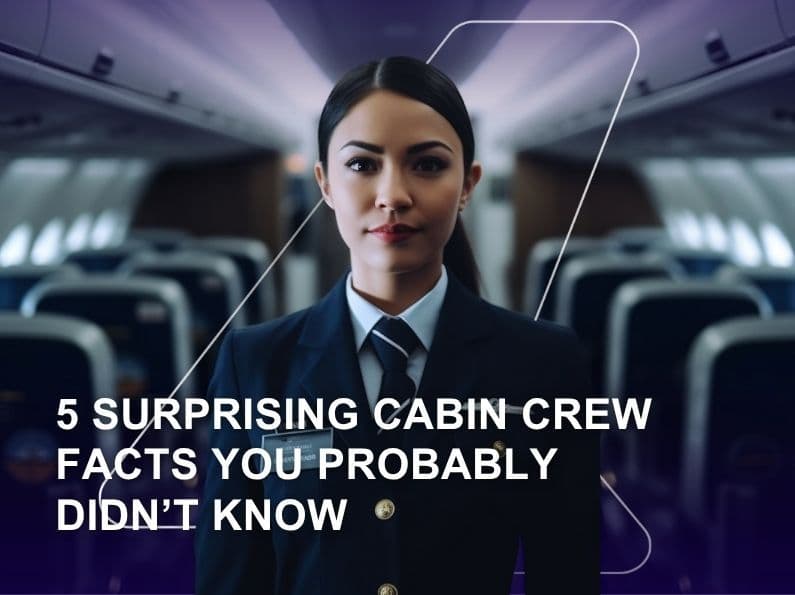Working in Multicultural Aviation Teams: Communication, Culture & Collaboration

The aviation industry brings people together — literally and figuratively. Pilots, cabin crew, technicians, and operations staff often work in highly diverse, multicultural environments. This diversity is a strength, but it also presents unique communication and collaboration challenges.
A Global Workplace
From the cockpit to the cabin to the maintenance hangar, aviation teams represent a wide range of nationalities, languages, and cultural norms. Airlines value this diversity because it reflects their global customer base and enhances passenger experience.
Communication Styles Matter
Different cultures have different ways of expressing agreement, disagreement, or urgency. For example, some cultures communicate directly, while others prefer more subtle cues. Understanding these differences can reduce misunderstandings and improve teamwork.
Language Fluency vs. Operational Clarity
English is the global language of aviation, but fluency levels vary. It’s important not to confuse language ability with intelligence or competence. Effective aviation teams use standardized phraseology, hand signals, and briefings to maintain clarity.
Respect and Inclusion
Building a respectful work environment starts with awareness. Avoid assumptions and be open to learning about others’ customs, holidays, or etiquette. Encouraging inclusion helps everyone feel more engaged and supported.
Conflict Resolution
Disagreements happen in every workplace — but in multicultural teams, they can sometimes stem from miscommunication or different expectations. Approach conflict with curiosity and respect, not judgment.
Leadership in Diverse Teams
Leaders must be culturally intelligent. That means adjusting communication styles, encouraging cross-cultural input, and ensuring that all voices are heard. Cultural sensitivity training is a valuable tool.
Collaboration Tools and Technology
Remote collaboration is now part of aviation too — especially in recruitment, scheduling, and training. Platforms like Microsoft Teams, Zoom, and online LMS help bridge distance and time zones.
Conclusion: Multicultural aviation teams reflect the global nature of the industry — and when managed well, they outperform. Embracing diversity, fostering inclusion, and sharpening communication skills are essential for safe, respectful, and high-performing aviation operations.



